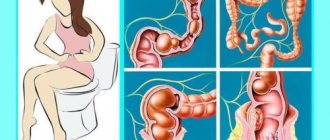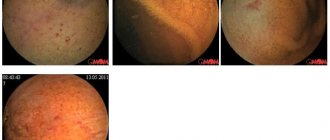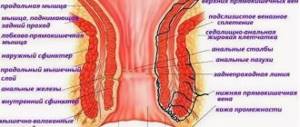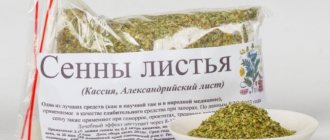Paraproctitis is in 4th place after hemorrhoids, colitis and rectal fissures. This is an inflammatory process in the soft tissues around the rectum. It can be acute or chronic. It manifests itself as pain and itching in the rectum not associated with defecation, discharge of pus and blood, disturbances in bowel movements and urination, high fever and symptoms of intoxication. Men are more often affected.
To achieve the maximum therapeutic effect, home treatment can be used for paraproctitis as part of a complex therapy prescribed by a doctor.
Etiology of the disease
Paraproctitis occurs due to the rapid growth of pathogenic microorganisms. For some reasons, flora that is normal for the internal environment of the body becomes pathogenic. Most often these are E. coli and staphylococcus. Infection with other bacteria (Klebsiella, Proteus) is possible. A person becomes infected with them from other people from the outside, and these harmful microbes can also move into the rectum from foci of chronic infection (carious teeth, inflamed tonsils, paranasal sinuses). Sometimes the disease develops against the background of severe immunodeficiency, this especially often happens with sepsis.
Even the tuberculosis bacillus, Treponema pallidum or chlamydia can be an etiological factor in the occurrence of paraproctitis.
Pathogenic bacteria are the cause of paraproctitis
Causes of inflammation
For acute paraproctitis to occur, specific conditions are required in which bacteria can multiply and, most importantly, the presence of an entrance gate. The penetration of microorganisms during paraproctitis is usually realized through:
- fissures of the anal sphincter and rectum;
- erosive and ulcerative processes of the rectal canal;
- inflamed hemorrhoids;
- rectal glands in the crypts;
- wounds after injuries to the perianal area due to accidents, therapeutic, and diagnostic measures;
- introduction of infection from internal foci of inflammation through the bloodstream and lymph.










